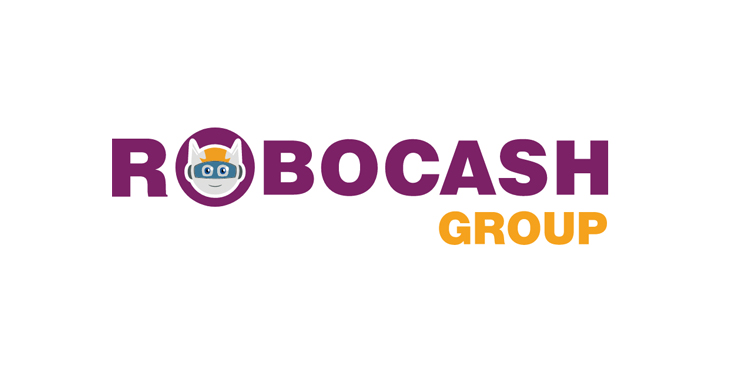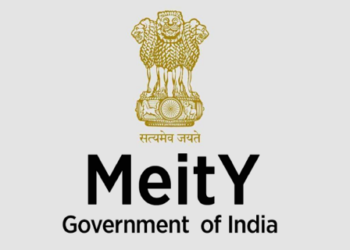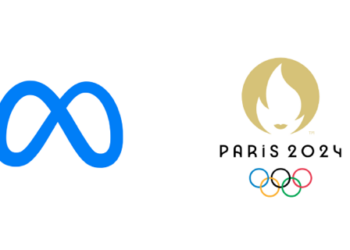According to analysts of Robocash Group, more than half of Indians will make five and more e-payment weekly during 2021 in contrast to 17% in 2019. At the same time, the share of unsecured consumer loans issued online will approach 50%.
Social distancing has caused a shift in consumption patterns and accelerated the adoption of digital services and payments by businesses and customers. Due to the rapid development of digital payments and alternative lending recently, India serves as a strong example.
The World Bank states that only 29% of the local population made or received digital payments in 2017. A survey conducted by Robocash Group in early 2020 showed a remarkable dynamic. Thus, 71% of the company’s customers made e-payments last year. However, the frequency was rather low: only 17% conducted five and more digital payments weekly. This is close to the results in Southeast Asian countries: the Philippines – 13%, Indonesia – 16%, Vietnam – 23%. As for online lending, only 28% of respondents in India took their first loans in 2019 remotely.
To sum up, habits formed during COVID-19 pandemic and social distancing will contribute to the continued expansion of digital payments and lending. Moreover, speeding up the transfer of funds, reducing the weight of the informal economy and increasing tax inflows to the budget, it can add up to 0.5% to GDP growth in the countries of South-East Asia in 2022-2025.
















